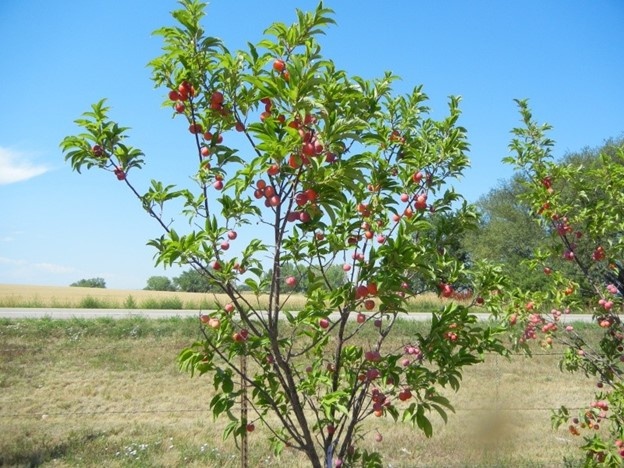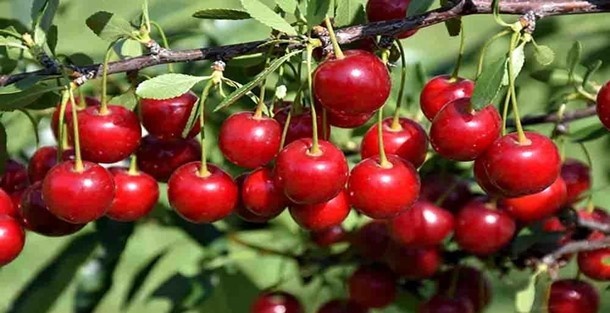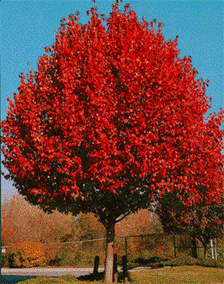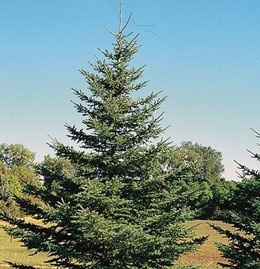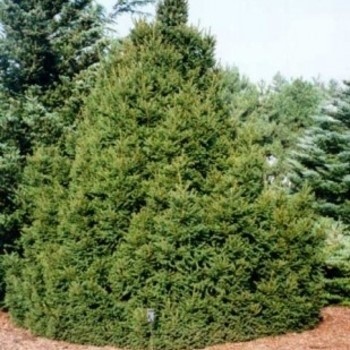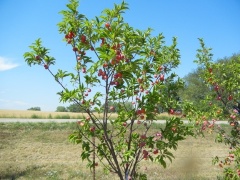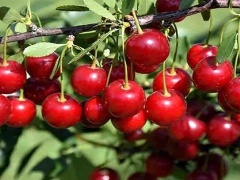- Dig your hole twice the width and the same depth of the root ball
- Massage the root ball to encourage root growth
- Backfill with planting soil and tamp the added soil to stabilize the tree
- Water tree immediately and weekly thereafter until freeze up
- Cover the root system with organic mulch about 2 inches thick around
- Provide rodent tree protection over the winter months
Tree Species Options in Regina
View some of the recommended tree species in Regina, and find information on how to best care for each tree.
Tree Donation Program
To support our Urban Forest, The Forestry Bylaw was amended to allow residents to plant trees on City property. Please view the documents below to learn more about planting trees on City property.
Planting trees on City property is subject to the application process and by approval of the City. Please email a completed application to PRCSAdmin@regina.ca. The applicant will be contacted with the final decision on the request.
Tree Banding
Tree banding keeps fall and spring cankerworms from laying their eggs in the crown of the tree. Band your elms, Manitoba maples and fruit trees each spring and fall to reduce the amount of cankerworms. To band your tree:
- Purchase fibreglass insulation (15 to 20 cm wide), plastic wrap or black garbage bags, duct tape and some type of sticky substance (axle grease, Tanglefoot, Stick-em)
- Wrap a strip of fibreglass insulation around the trunk about 1 to 2 metres above the ground.
- Cover the insulation with plastic and secure with duct tape.
- Cover the plastic with your sticking agent.
- Regularly re-apply your sticking agent and remove debris to ensure effectiveness.
- Remove your band after mid-May and again in mid-November to keep your tree bark in good shape.
- Save the insulation for the next banding season.
Pruning Your Trees
Trees, when mature, should have a strong straight trunk and a full crown with well-spaced branches. Pruning helps achieve this growth pattern.
Pruning depends on the age of your tree:
- Newly planted tree: Only prune dead or broken branches since the tree needs all of its branches and leaves to grow in its new location.
- Year 2: Prune branches to develop a strong central leader. If present, prune and remove co-dominant leader.
- Years 3-4: Begin regular pruning.
- Years 5-7: By this time, your tree should be healthy and shaped properly from previous pruning. To stay healthy, regularly remove dead or damaged limbs. Keep the tree’s outline tidy by pruning back long branches. If you wish, you can remove bottom limbs if you want to walk underneath the tree.
Special pruning considerations for certain tree species:
- Prune deciduous ornamental trees every three to four years. Prune in the late winter or early spring, when wounds from pruning cuts will close quickly.
- Prune maple and birch trees in June or July to prevent cuts from ‘bleeding’.
- Prune elm trees from September 1 to March 31 to reduce the spread of Dutch elm disease.
- Prune apple trees every spring. Light annual pruning balances growth and flower buds.
- Only prune dead, damaged and diseased branches from evergreen trees. In the spring, you can create a denser pine or spruce trees by cutting its candles in half before the needles have elongated. Remember to add a wide circle of mulch around the evergreen’s trunk if you remove its lower branches. The mulch will keep the soil cool around the tree’s feeder roots.
Watering Trees
A tree’s root system extends out at least as far as the tree is tall. Most of the tree's feeder roots are in the top 15 cm of soil. Therefore you will likely water and fertilize over a large area of your yard to provide proper nutrients to your urban tree.
If you placed mulch in a large circle around your trees, you may only need to water if there’s a drought. However if you haven’t mulched, you will need to thoroughly water your tree two or three times a season (e.g. beginning of June, July and August).
Near the end of August, stop watering until the trees have dropped their leaves. This allows the trees to harden for winter. Once the tree’s leaves have fallen, give both trees and shrubs a good soak each week until the ground freezes. This practice helps plants withstand Regina’s dry winter conditions.
City-Owned Trees
Follow the Forestry Bylaw to learn more about caring for a City-owned tree. The bylaw lists many things that you cannot do to a City-owned tree including:
- The City follows a rotating pruning schedule to care for its trees throughout Regina. Do not prune a City-owned tree. If the tree’s branches are interfering with power lines, call SaskPower at 1-888-757-6937 and they will arrange to prune offending branches from either private or City-owned trees.
- Make sure you do not remove a City-owned tree or remove/interfere with any protective barrier or device on or around a City-owned tree
- Do not attach any notice, bill, poster, sign, wire, rope, cord, nail or other object to or around a City-owned tree.
- Do not commence or continue construction/activities that damage or interfere with the tree’s root system, trunk, or upper structure. Make sure you receive approval before you begin construction around a City-owned tree.
Removal
Trees on City property are “living” assets owned and maintained as a legacy for residents by the City of Regina. The City aims to protect, preserve and perpetuate the health, beauty and safety of the urban forest for the enjoyment of its citizens, past, present and future.
In an effort to ensure that all trees on City property are adequately protected from unnecessary destruction, loss and damage, a policy has been established that outlines the standards and requirements. Please review the policy for eligibility before applying for tree removal services.
Note: All other tree related requests (i.e. pruning, change in tree species) require a Service Request.
The applicant will be contacted with the final decision of the request. Tree removals can only be performed by City staff or City designate.
Sometimes tree roots from City-owned trees will invade your drainage or sewer pipes, appear on your lawn, or lift your driveway or sidewalk.
- Tree roots growing into pipes with pre-existing cracks can cause leaks and clogs. The City only repairs or replaces the sewer line that is on the City’s portion of the property (from the main shut off valve in your yard to the pipe in the street) and not on your private property (from the main shut off valve in your yard to inside your house.)
- Surface roots are not removed from public or private property adjacent to City trees. You may top dress the area or add soil underneath the surrounding turf. You can also replace the turf with a mulch of rock, bark chips, or perennial ground covers to camouflage the roots. Make sure the mulch or top dressing is no more than 5 cm.
- You are responsible for any repairs to your driveway or sidewalk that are on your private property.
Are you doing some improvements to your house or yard this year near City-owned trees? If so, you are required to protect them from any construction, demolition or landscaping work you may do.
Submit a tree preservation plan for the site to the City of Regina prior to the start of construction. The Tree Preservation Plan should include the following items:
- Show the location of all existing trees on the site.
- Determine viable alternatives for preserving the existing trees.
- Determine the tree protection requirements for the site.
- Determine any possible conflicts especially those requiring tree removal, relocation or new plantings on boulevards.
- Identify the access roadway to the site.
- Determine if clearance pruning is needed before the starting construction work.
The City of Regina’s Tree Replacement Program extends the life of our urban forest by replacing dead, diseased or damaged City-owned trees on municipal property in parks, residential and arterial streets and boulevards.
A limited number of trees are available for this program each year. Requests will be granted on a first-come, first-served basis. Upon receiving your request, City staff will inspect your yard to assess whether a new City-owned tree can be accommodated, where the tree can be planted, and which species is suitable based on:
- Yard size
- Location of buildings and underground utilities
- Curb location
- Other amenities
Contact Us
Service Regina


